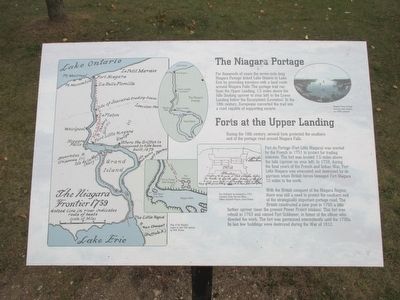Welcome to Devil’s Garden, a place not only of natural marvels but also of intriguing historical significance. Although its name might evoke thoughts of a mystical past, its origins are rooted in the strategic military maneuvers of the Second World War. The term ‘Devil’s Garden’ was famously used by Field Marshal Erwin Rommel, the ‘Desert Fox’, during the North Africa Campaign of World War II. Rommel was a brilliant tactician known for his adeptness in desert warfare. In 1942, as the Second Battle of El Alamein approached, Rommel ordered the construction of extensive minefields around his defensive positions, which he dubbed ‘Devil’s Gardens’. These formidable defenses stretched across the desert landscape, designed to halt the advance of the British Eighth Army commanded by General Bernard Montgomery. The mines were a critical component of Rommel’s strategy to protect his forces and disrupt the Allied attack. The Battle of El Alamein was a pivotal moment in the North African Campaign. Despite Rommel’s strategic ingenuity, the Allied forces, under Montgomery’s leadership, eventually overcame the Axis defenses. This victory marked a turning point in the war, ending the Axis threat to the Middle East and paving the way for the Allied invasion of Italy. Over time, the term ‘Devil’s Garden’ has come to symbolize not just the minefields of El Alamein, but the broader struggle and strategy of desert warfare during the war. Today, Devil’s Garden stands as a testament to the ingenuity and strategic prowess of both sides during one of history’s most significant conflicts. As you explore this area, imagine the tense atmosphere of 1942, with soldiers navigating the perilous terrain, the roar of artillery, and the constant threat of mines beneath their feet. It’s a haunting reminder of the past, where nature and history intertwine.



